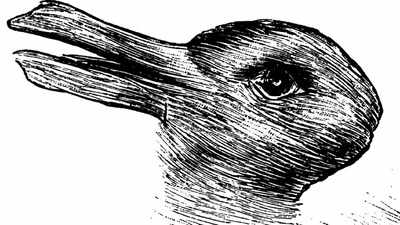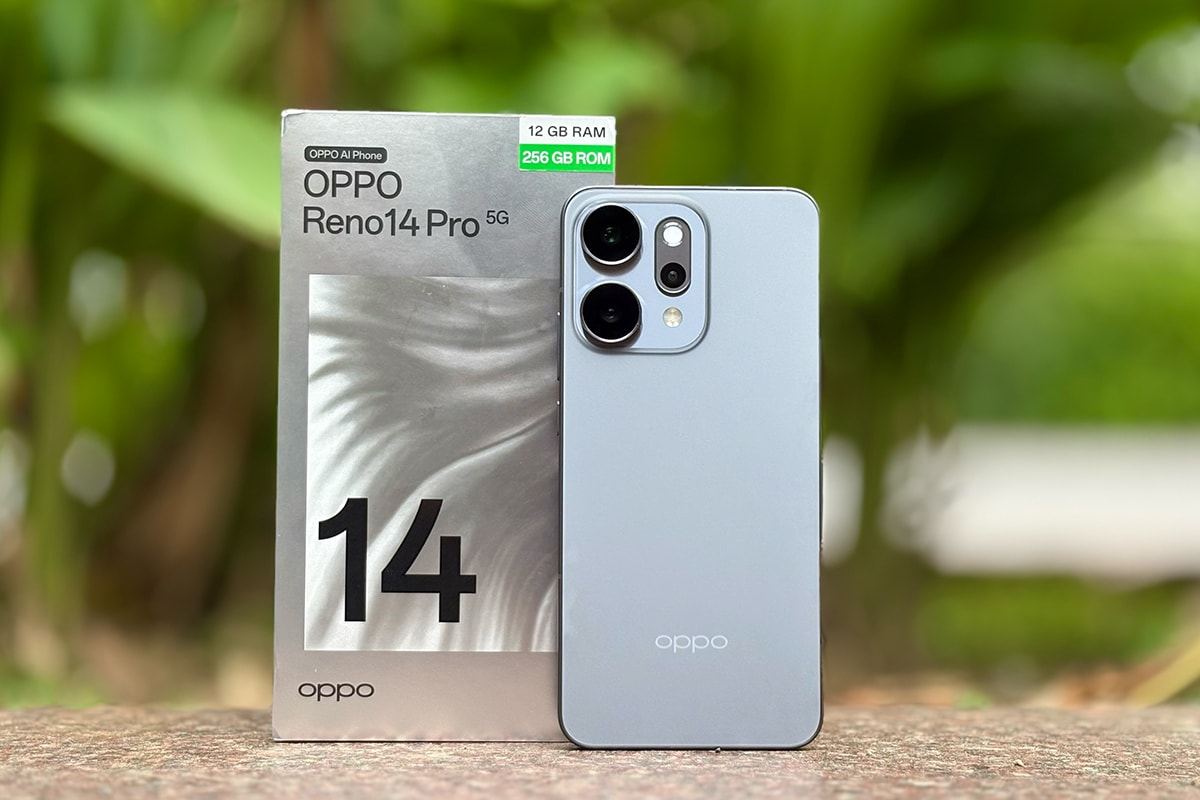ARTICLE AD BOX

Some of you must have stopped looking at it, thinking, “Where’s the debate? It’s clearly a rabbit,” while for others, “It’s clearly a duck.” This is a classic example of a 6 for you, which may be a 9 for someone else.
Just like that, this image can be a duck or a rabbit fo different people depending on how the viewer looks at first.History behind this picture:The earliest known version of this Duck-rabbit illusion came in the October 1892 issue of Fliegende Blätter, a German humour magazine. The caption roughly translates to "Which animals are most like each other?"Later on, Ludwig Wittgenstein, who primarily worked on logic, took the reference of this picture to describe different ways of seeing the same thing.
The matter of perspective.Now, on the count of 3…2..1..say it out loud, what you can see?

Credit:CANVA
If you see the duck first:
- You must be focusing on the image from left to right.
- The bill of the duck is what looks like the ears of the rabbit.
- The eye is perceived as facing to the left, like how a duck would.
- The duck's head is pointing left, and you're interpreting the shapes as a beak opening slightly.
If you see the rabbit first:
- You may be looking from right to left.
- The same features that form the duck’s bill now appear as the rabbit’s ears, sticking out behind its head.
- The eye is now seen as facing to the right, as a rabbit would.
- The rabbit’s nose and mouth are to the right side, where the back of the duck’s head would be.
Have you seen only one?
It’s a sign that maybe you have a more focused, detail-oriented mind, which makes you a perfect fit for deep, single-focus tasks, but slower to adapt to shifting contexts.
Are you the one who switches easily between duck and rabbit?
It indicates you are likely to be mentally flexible and open to multiple perspectives. You are not stuck with what you saw first; rather, you choose to explore the possibilities of understanding the same picture in different ways.
- How to make this interesting among your friends?
To make the duck-rabbit illusion game faster and showcase everyone’s convincing power, have each person quickly state what they see first, then take turns giving a 30-second pitch to persuade others to switch their view. After each pitch, everyone votes secretly on whether they were convinced to change their answer. Award points for each successful persuasion and rotate turns rapidly. This way, it can actually help to increase the convincing power and the clarity of mind.
Why is this optical illusion still famous today?
The idea behind this image is to show that our perspective on the same thing can be completely opposite. It highlights how we embrace opposing opinions and whether we are willing to accept different points of view or not.



.png)
.png)
.png)
















 16 hours ago
3
16 hours ago
3








 English (US) ·
English (US) ·